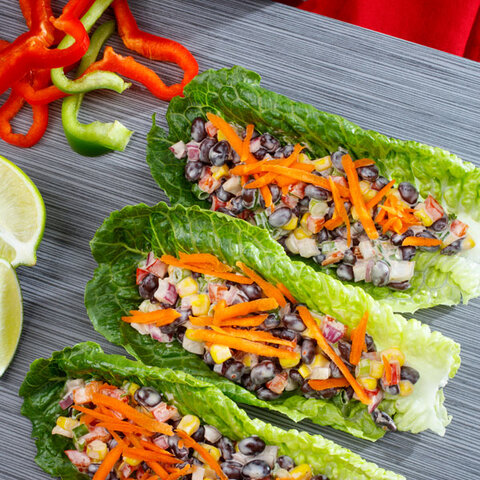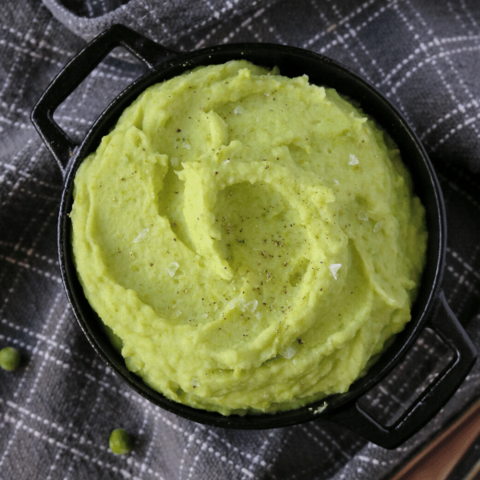
If you feel like you are paying too much for a bag of lettuce at the grocery store, you'll be delighted to learn that growing your own lettuce can save you money, and it's easy to do! Another plus: It tastes great!
Loose leaf lettuce is one of the simplest lettuces to grow in home gardens and the type grown by most home gardeners. You just plant, water, harvest and eat!
Loose leaf lettuce varieties are those lettuces that do not form a compact head. Their flavor tends to be mild and sweet. And, they come loaded with benefits:
- colorful accent in foods
- delightful, cool crunch
- few calories —a cup of shredded leaf lettuce has about 5 calories
- a source of vitamin A
Planting
Loose leaf lettuce is considered a cool season crop. Seeds typically are sown in early spring and again later in the summer or early fall. For fall harvest of loose leaf lettuce in Nebraska, seeds are sown in late July to early August. Lettuce doesn't like hot weather. If the temperatures get too warm, it will begin to flower, decreasing its eating quality. If you want to grow lettuce in summer in Nebraska, select cultivars that are heat-tolerant and grow it in shaded locations. In other climates, planting dates for leaf lettuce may vary.
Check with your local Extension Office or garden center for the best times to plant lettuce in your area. Find your local Nebraska office contact information.
Harvesting
Planting lettuce in a container garden can produce enough lettuce for several salads throughout the summer. You can selectively harvest lettuce leaves as soon as the outer leaves are 2- to 3-inches tall before the plant reaches full maturity. Cut or gently break off leaves as needed without harvesting the entire plant. If the entire plant has reached the desired maturity, it can be pulled and more can be planted in its place.
Preparing
A benefit of growing your own lettuce is you can harvest it right before eating it. Rinse the leaves under running water. The easiest way to dry them is to place leaves in a salad spinner to remove the excess water. You can also dry them with a clean cloth or paper towel. If you harvest lettuce earlier in the day for later use, store it in your salad spinner or in a plastic bag in the refrigerator.
Eating
Here are some easy ways to enjoy lettuce in foods:
- Mix with cooked meats, nuts, cheese, diced fruit or other vegetables for a heartier salad. See Salads in Recipe Central!
- Cut into shreds and use in tacos.
- Add lettuce to sandwiches or wraps.
- Use leaves as edible plate "liners" on which to serve other foods. For example, serve a scoop of potato salad atop a lettuce liner.
- Use large, pliable lettuce leaves as a "wrap" or a "cup." One way of serving wraps or cups is to place your filling (such as chicken salad — just make sure it isn't too "runny") in the center of a large serving platter and surround it on the outer edge with the lettuce leaves. Let people spoon their own filling onto the leaf. Then eat on a lettuce "cup" or wrap the lettuce around it for a "wrap."
Recipe Ideas:
Sources:
How to Grow Lettuce, Illinois Extension
M. Bunning and P. Kendall, Health Benefits and Safe Handling of Salad Greens, Colorado State Extension
Seasonal Produce Guide - Lettuce, SNAP-Ed Connection
Vegetable Growing Guide: Lettuce, Cornell Extension
This article was originally written by Alice Henneman. It was reviewed and updated in 2022.
Tags:











